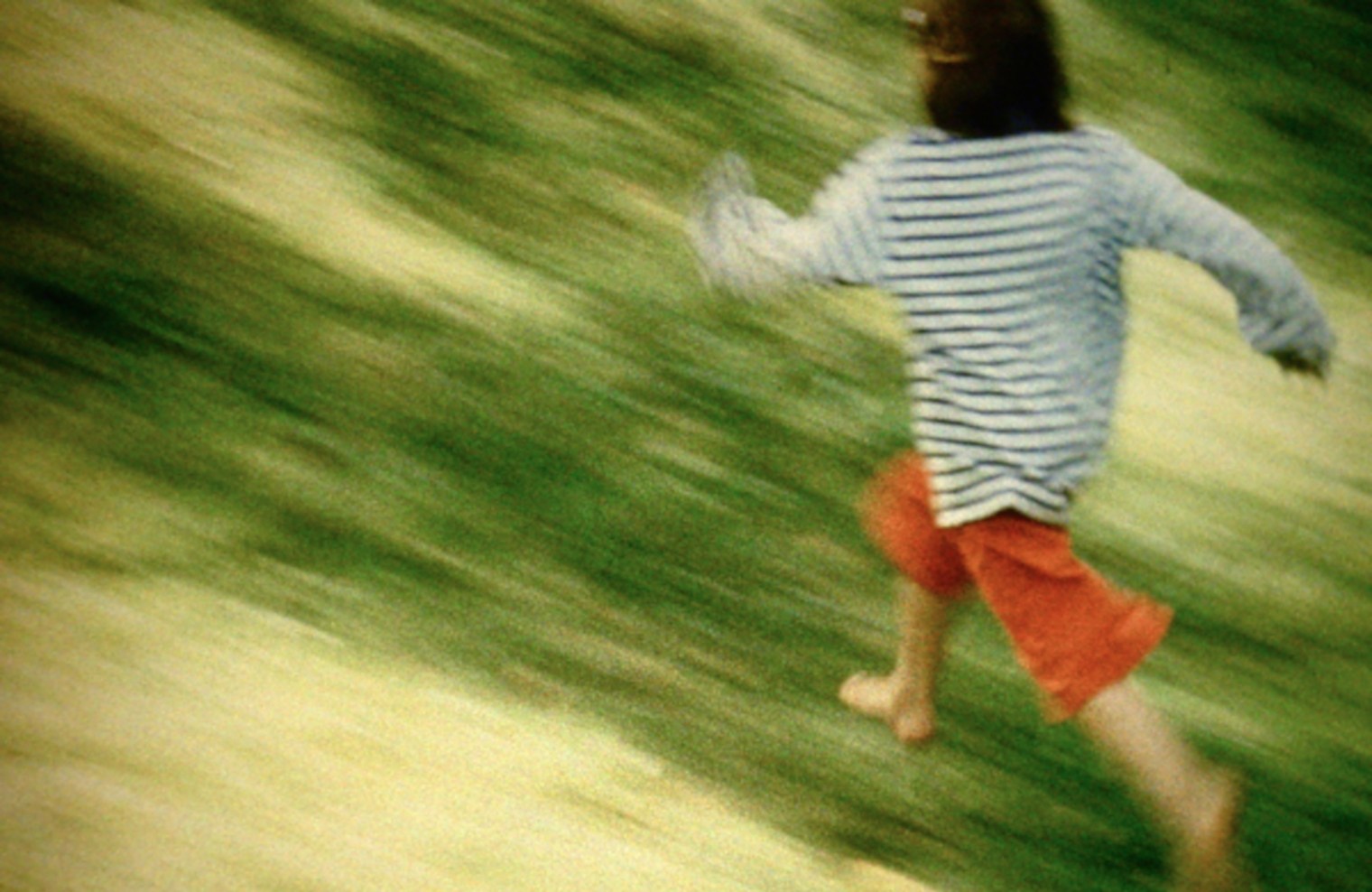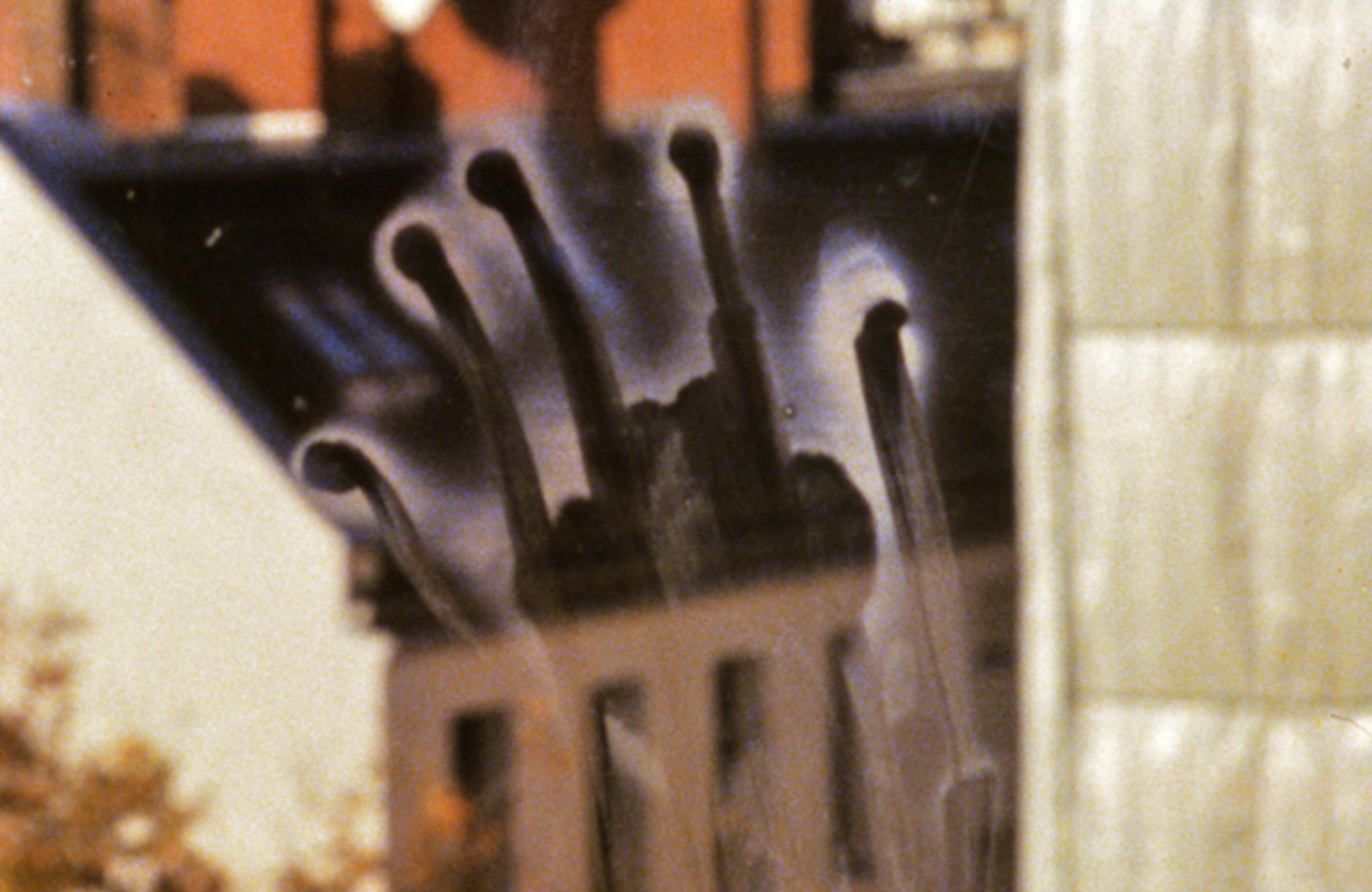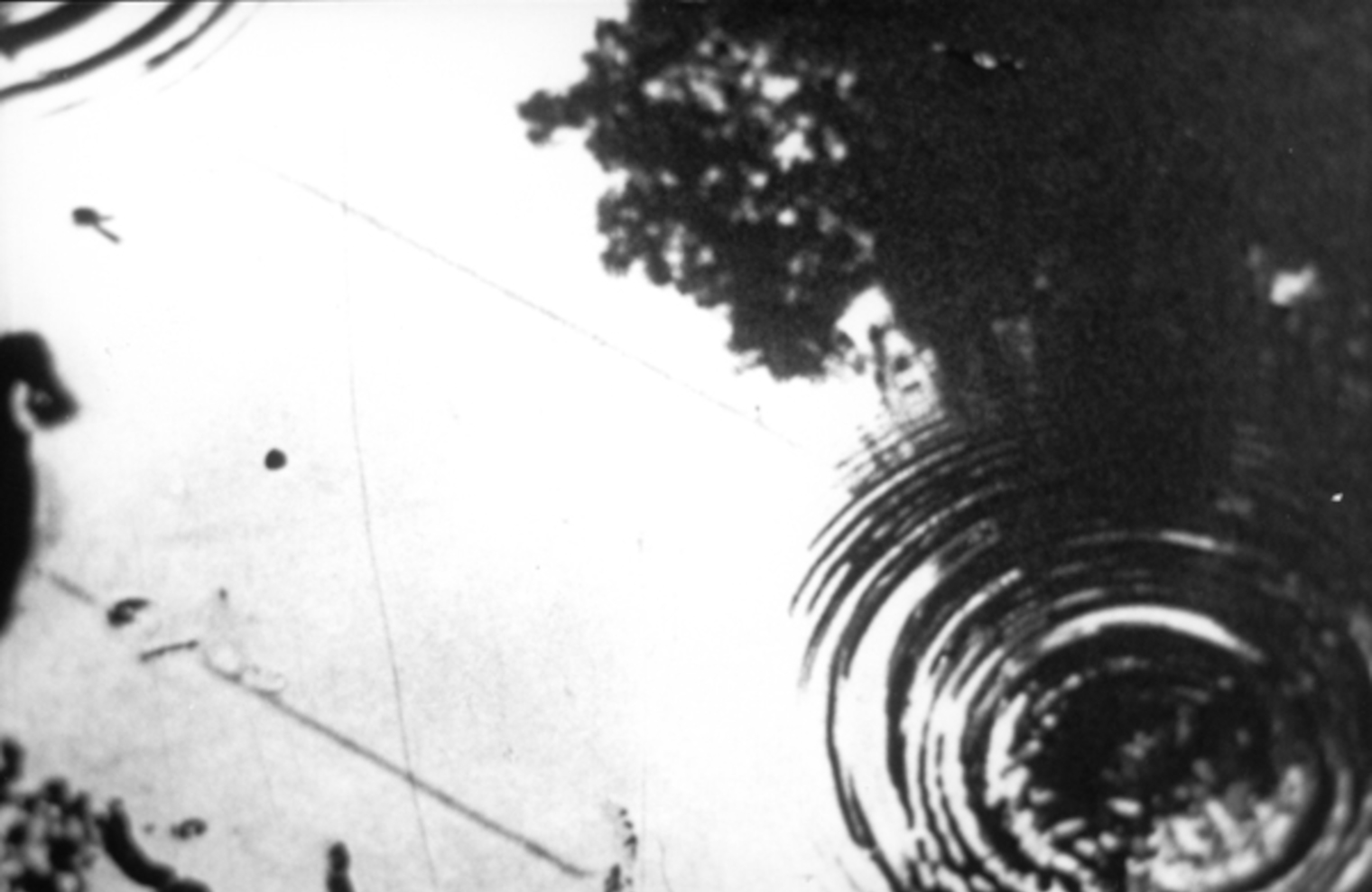Artist in focus: Ute Aurand
Ute Aurand (DE, 1957) has been a central figure of Berlin’s experimental film scene since the 1980s and is one the most significant filmmakers active in the diary and portrait tradition today. In making her 16mm portraits, she often films her subjects over many years, thereby stressing the inseparability between living and filming for the avant-garde filmmaker. Aurand’s work celebrates the here and now, the people she meets, the places she visits, the very fact of being alive. Hers is an honest, energetic and vibrant cinema, one in which joy can even be found in sadness. “The diaristic form develops out of an inner dialogue with my surroundings, a silent visual conversation. The source of inspiration is daily life, the fountain which never stops and offers itself to everyone. It is a great joy and challenge to transform my inner dialogue into film.”
Through working in the solitary tradition of the 16mm filmmaker, Aurand’s work rarely feels lonely: her films are inhabited by the intimacy of friends and relatives, and meaningful encounters with strangers. In their revindication of feminism and artisanal practices, Aurand’s films are inherently political and militant. Her work invites empathy and warmth in dark times. To Be Here (2013), an ambitious take on Katharine Lee Bates’ 19th century poem America The Beautiful, proposes a female portrait of the land of the free and home of the brave, which is timely, urgent and necessary.
Rather than providing a comprehensive retrospective of Aurand’s work, this Artist in Focus offers insight into key motifs of her practice, with an emphasis on films made during the past 10 years. The first two programs are loosely structured around an artificial division between her diary films and her portraits, two categories that are impossible to differentiate and which inevitably merge in her work. A third program is centered around the collaborative film Kleine Blumen, kleine Blätter (1995), for which ten friends, filmmakers and non-filmmakers, were asked to make a film about the seasons (a recurrent subject for Aurand’s camera). This screening provides an opportunity to highlight Aurand’s network of friends and influences and also features work by Jeannette Muñoz, Renate Sami and Marie Menken.
Ute Aurand has been active as a programmer for more than three decades: co-organizing the monthly 'FilmSamstag' screenings at Berlin’s Kino Babylon from 1997 to 2007, particularly championing work by women filmmakers, and often showing her films in dialogue with those of fellow filmmakers and friends. An early film by Margaret Tait, a mentor figure for Aurand, opens the program of film portraits. Titled Three Portrait Sketches, the word 'sketch' suggests the lively, unfixed, immediate nature of Aurand’s portraits, which are always filmed with a handheld camera. For Aurand, the rhythm is essential. “You can call it ‘music’, but for me it is rhythm. Rhythm is energy and movement, rhythm creates space in my films.” Just as Tait, Aurand is interested in people and the everyday. Her films propose a courageous filmmaking which is as radical as it is poetic.
Supported by Goethe-Institut Brüssel 


